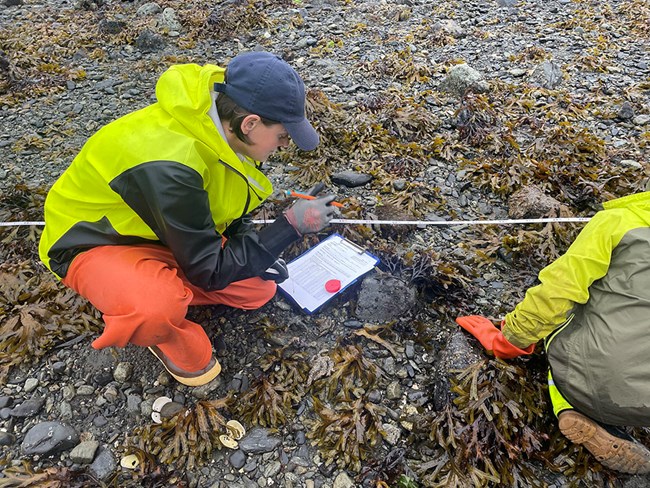
Intertidal communities are particularly important because of their close ecological linkage with the nearshore marine ecosystem. This connection is manifested in nutrient transport and direct exchange of organisms between these zones. Most benthic invertebrates and macroalgae have pelagic life-stages that live in the nearshore ocean and contribute to its highly productive food web.
Intertidal communities are vulnerable to a host of anthropogenic stressors, such as pollution (e.g., oil spills), harvest, trampling, and global climate change. Intertidal communities are valuable vital signs of important changes in the nearshore marine ecosystem and are themselves a valuable indicator of marine water quality.
Monitoring of intertidal communities is conducted in Sitka National Historical Park in collaboration with the park and the Southwest Alaska Inventory & Monitoring Network.
Contact: Jamie Womble and Heather Coletti
Last updated: February 29, 2024
